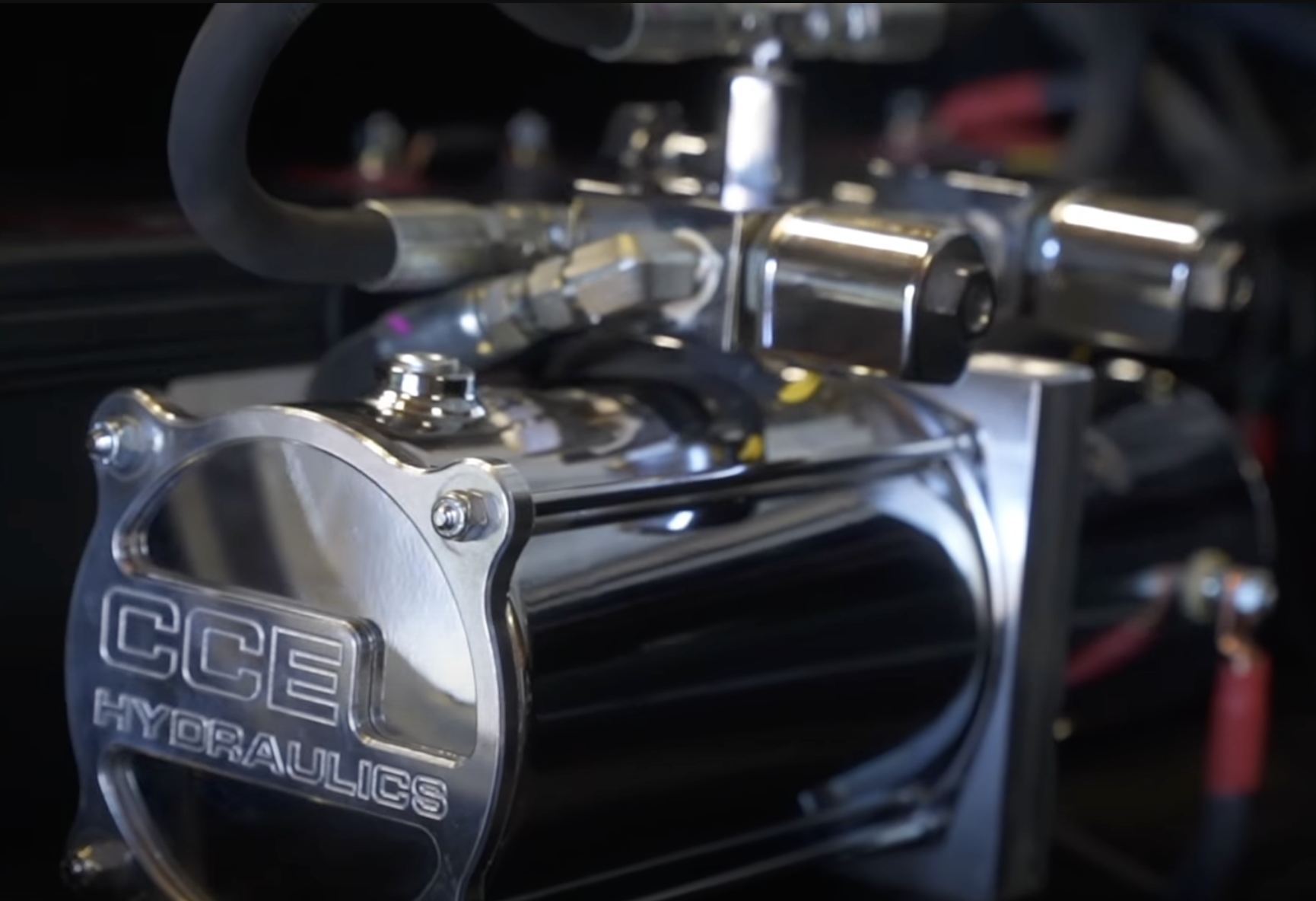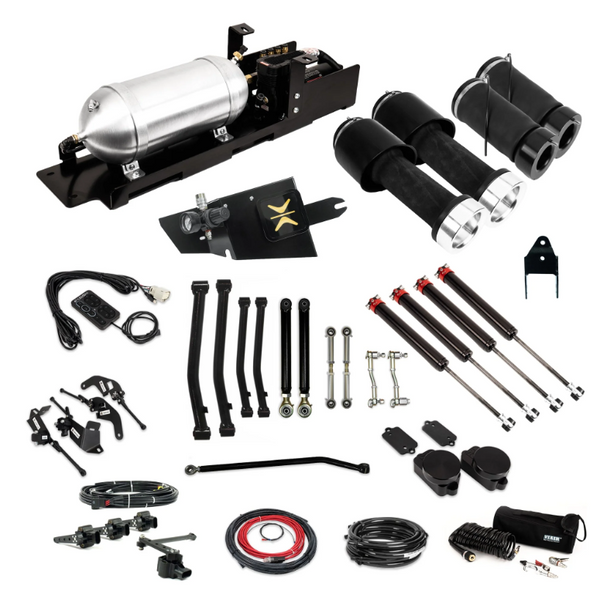So you want to lift your truck or SUV. No worries there chief, we’ve got you covered. But you’ve got some questions, mainly does lifting your truck lower its gas mileage? And the short answer is “yes,” but really, it’s a “yes, but.” Confused yet? Let’s walk through it.
What happens when you lift your truck.
Once you’ve decided how many inches you want to go up, you get to pick your kit. Then, usually, people pick out the tires and rims they want as well. See, when you lift your truck you get a ton of gap between the stock tires and the fenders. Having a lifted vehicle with tiny wheels isn’t very impressive, and so many people go bigger on the rims and tires as well.
Each of these components is designed to allow your truck or SUV to go offroad if you like, which means they’re big and heavy. They need to be beefy, after all. Same with your wheels and tires, particularly if you decide to upsize the diameter of the rims in the process. Why is that important? Well …
Your truck’s weight changes your MPG.
This comes down to some basic physics, but also street smarts. Think about race cars for a second. They take everything out of the car that isn’t necessary. Why? Because less mass means you’re able to accelerate faster. Conversely, more mass means it will take longer to accelerate.
But there’s another thing: Having less mass on your vehicle also means you’ll use less gas. If your goal is just to get from a to b at normal speeds, the lighter your car is, the less gas you’ll use than a car with stock parts.
All those heavy lift kit parts you’ve bought will add up to a lot more mass, which also means you’ll see a hit to your MPGs. How much of a hit depends on how much you’re doing to your truck. But that’s not all.
Another issue is your truck’s gearing. If you put bigger wheels and tires on your ride and don’t adjust the rear end gears, your truck will do a lot more work to turn the wheels. That means you’re working your engine harder, which also will ding your MPG. It’s a vicious cycle.
So how can I fix it?
There are lots of options here, and it all depends on you and what you’re willing to spend.
Starting with the gearing is probably a good idea. It’s not always cheap to do and usually involves a specialist, but if you re-gear your rear end you will see benefits, even in MPG.
Weight is the next thing. You can either remove weight from other places to even things out, or look for a lift kit with lighter components. For example, you could pick something up with aluminum control arms over steel. Now these won’t be as strong for off-roading purposes, but they will look great and save you a few pounds — and every little bit counts.
Finally, you could just accept it. First off, you might not see that big of a hit to your gas mileage. You may expect bigger losses and just not get them. But also, if you do go into this knowing that lifting your truck does have the drawback of losing a few MPGs, then you can accept that (or not) as the cost of lifting your truck. Is it worth that cost? That’s for you to decide.
But if you do want to lift your truck, give us a call. We’ve got all sorts of options and techs who know their stuff. We can set you up with what you need so you can do things the right way.







